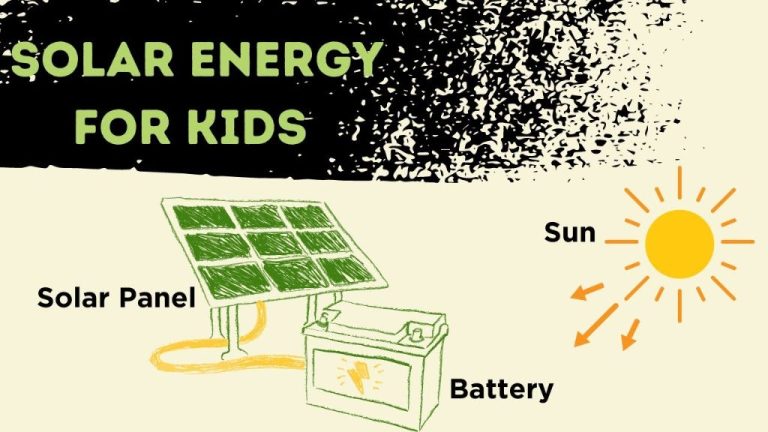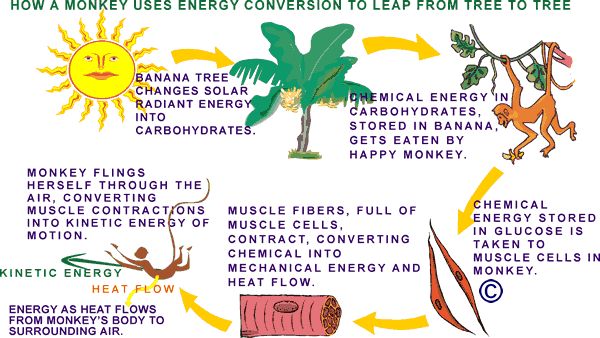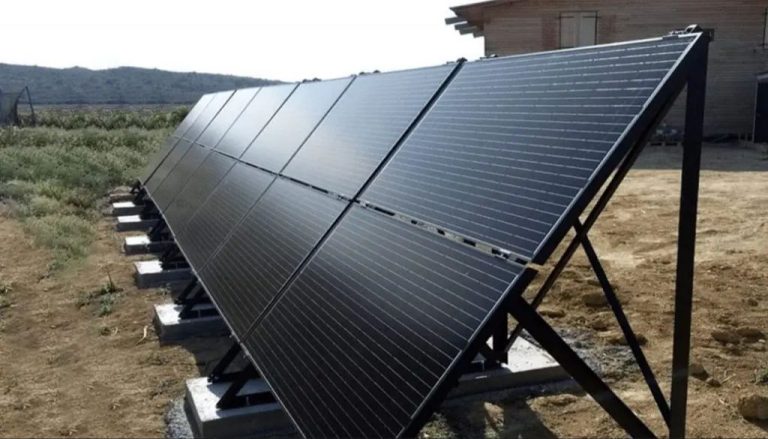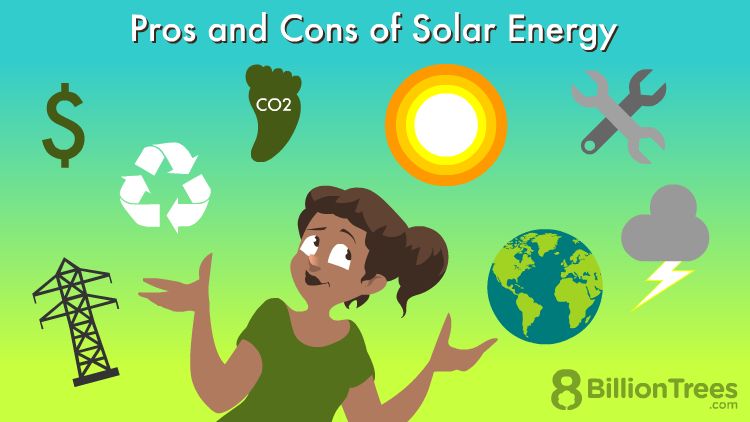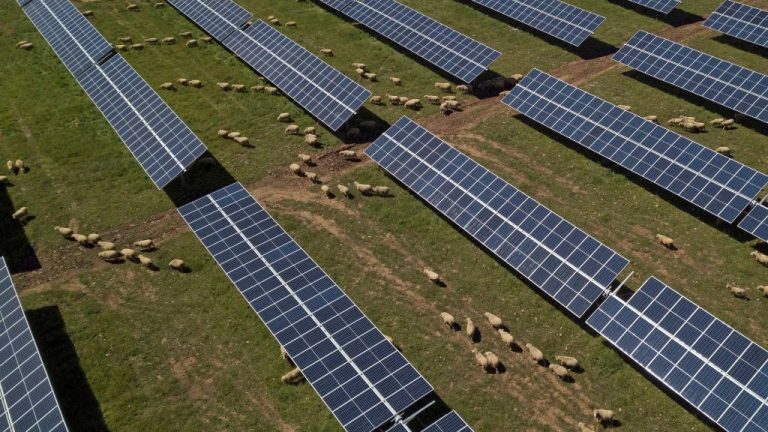Why Is Solar Energy Considered A Renewable Energy Source Quizlet?
Renewable energy sources are essential for building a sustainable future. Unlike fossil fuels which are finite resources, renewables can be replenished naturally. As concerns grow over climate change and dependence on fossil fuels, renewable energy offers a clean and limitless energy alternative. One of the most promising renewables is solar energy.
Solar energy comes directly from the sun and can be harnessed in many ways. The development and adoption of solar technologies helps reduce carbon emissions while diversifying and securing energy supply. Solar energy’s potential is enormous and could play a major role in the global transition to sustainability.
What is Solar Energy?
Solar energy is radiant light and heat from the Sun that is harnessed using a range of technologies such as solar panels. Solar energy is a renewable energy source since the Sun will continue to produce an abundant supply of radiant light and heat for the foreseeable future.
Solar panels, also known as photovoltaic (PV) panels, are used to convert sunlight into electricity. They are made up of solar cells containing photovoltaic material that absorbs photons from sunlight and generates a flow of electrons, producing direct current (DC) electricity. The solar panels are wired together to produce more power and the DC output is converted into alternating current (AC) using inverters which can then be fed into the electrical grid to power homes, businesses or sold to the utility. Solar panels can also provide electricity directly to an isolated load or storage batteries.
Solar Energy is Renewable
Solar energy is considered a renewable energy source because it comes from the sun, which will continue shining for billions of years. Unlike fossil fuels such as oil and coal, which take millions of years to form and are limited in supply, the sun provides a constant and virtually limitless supply of energy. As long as the sun shines, we can harness its energy using photovoltaic solar panels. This makes solar a sustainable long-term energy solution.
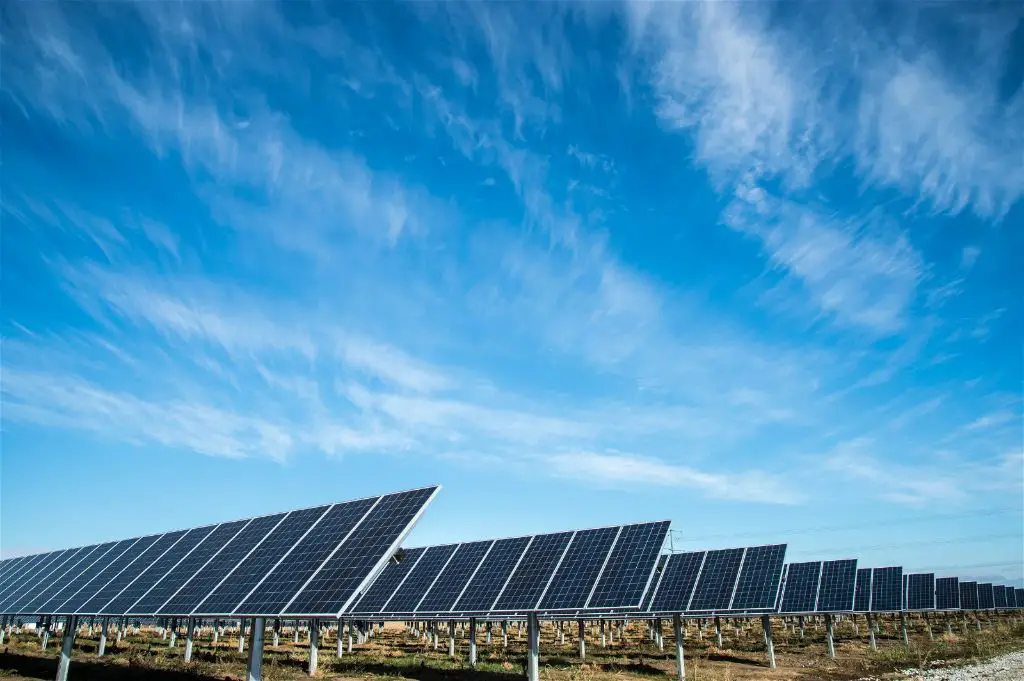
Additionally, solar energy does not produce greenhouse gases when converted into electricity. Burning fossil fuels releases harmful emissions like carbon dioxide that contribute to climate change. Solar energy is clean and does not create air or water pollution. This makes it better for the environment than non-renewable sources. By switching to solar power, we can reduce our carbon footprint and reliance on fossil fuels.
In summary, solar energy qualifies as renewable because of its endless supply from the sun, and its lack of harmful pollutants. These factors make solar a wise choice to meet our energy needs today and well into the future in an eco-friendly way.
Advantages of Solar Energy
Solar energy has numerous benefits that make it an appealing renewable energy source. Here are some of the main advantages of using solar energy:
Sustainability – Solar energy is a renewable resource, meaning it is naturally replenished. The sun’s rays are virtually limitless, making solar a sustainable clean energy source.
Reduces Use of Fossil Fuels – Generating electricity from sunlight reduces our dependence on coal, natural gas and other non-renewable sources that produce greenhouse gas emissions and contribute to climate change.
Energy Independence – Producing solar energy domestically from the sun’s rays provides energy independence and security for a country. This reduces reliance on imported fuels.
Cost Savings – While the upfront investment for solar panels can be high, once installed solar energy is free. Over the system’s 25-30 year lifespan, solar pays for itself and provides decades of free electricity.
Low Maintenance – Solar photovoltaic systems have no moving parts and require very little maintenance over their lifetime, providing reliable electricity with minimal upkeep.
Versatile Applications – Solar energy can be used for diverse applications such as powering homes, businesses, appliances, providing electricity to remote locations, and even used for transportation in electric vehicles.
Disadvantages of Solar
While solar energy has many benefits, it also has some limitations to consider. The main disadvantages of solar power include:
High Upfront Costs
The initial cost of purchasing and installing solar panels and related equipment is quite high. Although prices have fallen dramatically over the last decade, the upfront investment for a residential system averages around $10,000-$25,000. Many homeowners take out loans to finance solar arrays.
Intermittent Power
Solar energy can only be harvested when the sun is shining. At night and on cloudy days, solar systems provide little to no power. This intermittency can be mitigated by pairing solar with battery storage, but adds additional costs. Solar works best when combined with the grid or other generation sources.
Large Land Requirements
Collecting solar power at scale requires a lot of land area, which can have environmental impacts. Rooftop solar on homes avoids this issue. But large solar farms take up considerable real estate. Careful solar site selection is needed to minimize environmental harms.
While solar has challenges, continued technology improvements and falling prices are addressing many of its downsides. With proper planning and pairing solar with complementary energy sources, these limitations can be effectively managed.
Interesting Facts
Solar energy has some fascinating facts and statistics:
- The amount of solar energy that hits the Earth in one hour could power the entire planet for a year. This shows the immense potential of solar power.
- Solar panels only need 2-3 hours of direct sunlight per day to be effective. This means solar works even in cloudier climates.
- The cost of solar power has dropped over 70% in the last decade, and continues to fall. This makes it more affordable and accessible.
- China, Japan and Germany are the top countries for solar energy capacity. The U.S. ranks 4th for total installed solar capacity.
- The average payback period for residential solar panels in the U.S. is 6-8 years. After this, the owner enjoys free electricity.
Solar Energy Usage
Solar energy usage has grown exponentially in recent years as costs have declined and policies have supported adoption. Approximately 586 GW of solar energy capacity was installed globally by the end of 2019, and projections estimate that could grow to over 4500 GW by 2050. Some key facts about current solar energy usage globally:
- China leads the world in total installed solar capacity at around 204 GW, followed by the United States at 75 GW.
- Europe installed over 16 GW of new solar capacity in 2019 driven by growth in Spain, Germany, Netherlands and Poland.
- The top countries for solar energy as a percentage of total electricity generation include Honduras (12.8%), Italy (8.7%), Greece (8.2%), and Germany (8%), illustrating the potential for high solar penetration globally.
- Government policies such as renewable energy targets, financial incentives, and public investment have driven rapid growth in many leading markets like China, Japan, Germany, and California.
- Solar energy is projected to become the largest source of power generation globally by 2050, driven by decreasing costs and supportive policies.
With costs expected to fall further and increased efforts to combat climate change, solar energy usage is forecast to grow dramatically in coming years and play a major role in the global transition to renewable energy.
Policies Supporting Solar Energy
Governments around the world have implemented a variety of policies and incentives to encourage the growth of solar energy. These policies help make solar more affordable and attractive for homeowners, businesses, and utilities.
Some of the key policies supporting solar energy include:
- Tax credits – The federal government provides an investment tax credit (ITC) that allows homeowners to deduct 26% of solar installation costs from their taxes. Many state/local governments also offer additional credits.
- Net metering – This policy allows solar panel owners to send excess electricity they generate back to the grid. They receive credit that offsets the electricity they use at night or during cloudy weather.
- Renewable portfolio standards (RPS) – Many states have RPS laws requiring utilities to obtain a minimum percentage of their electricity from renewable sources like solar. This creates guaranteed demand for solar power.
- Feed-in tariffs – Governments mandate utilities to pay a premium rate to buy electricity from renewable sources like solar. This makes solar power more profitable.
- Solar bonds/financing – Some municipalities provide innovative low-interest financing options to make solar more affordable for homeowners and businesses.
These policies and incentives have helped drive rapid growth in solar installations around the world. They make the economics of solar more viable and reduce the payback period for installing a system.
The Future of Solar
While solar energy accounts for only a small fraction of global energy production today, many experts believe its potential to meet future energy needs is enormous. With climate change driving the demand for clean energy and solar costs declining rapidly, solar is poised for explosive growth in the coming decades.
According to projections by the International Energy Agency, solar power generation could increase by up to 5,000 gigawatts by 2050 under an accelerated transition scenario. This is over 20 times the solar capacity installed worldwide today. Significant growth is expected to continue beyond 2050 as well.
The International Renewable Energy Agency estimates solar photovoltaics and concentrated solar power combined could supply up to 29,000 terawatt-hours of electricity by 2050. This would meet over 25% of global energy demand. The potential for growth is even higher if innovative technologies like floating solar arrays and solar panels integrated into building materials gain widespread adoption.
Key factors driving bullish projections for solar include substantial cost reductions, improved energy storage capabilities, supportive government policies, and rising energy demand in developing countries. As solar technology improves and scales up, costs are expected to become even more competitive with fossil fuels.
With many experts believing solar power will need to play a major role in decarbonizing the global economy and averting the worst effects of climate change, the long-term outlook for solar remains very bright. Ambitious emissions reduction targets set by governments will likely only accelerate solar’s expansion worldwide.
Conclusion
In conclusion, solar energy is considered a renewable energy source because it comes from the sun’s rays, which are continuously replenished. The main advantages of solar energy are that it is abundant, clean, and renewable. Solar energy usage is rapidly expanding around the world, as policies aim to increase the share of renewables in the energy mix. While solar energy has some disadvantages, such as high upfront costs and intermittency issues, the future is bright for this emissions-free energy source. As solar technology continues improving and costs keep falling, solar is poised to play a major role in the global transition to sustainable energy. Tapping into the limitless power of the sun for electricity holds great promise in the fight against climate change.

